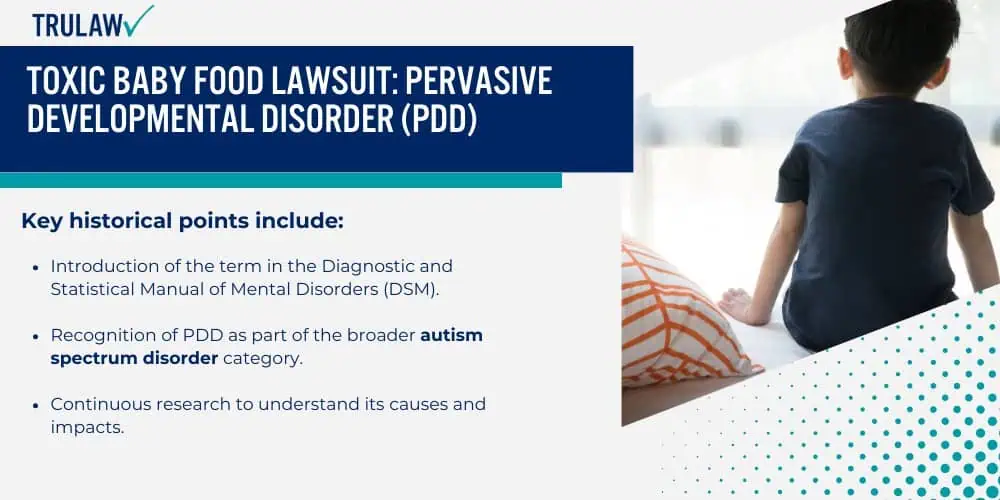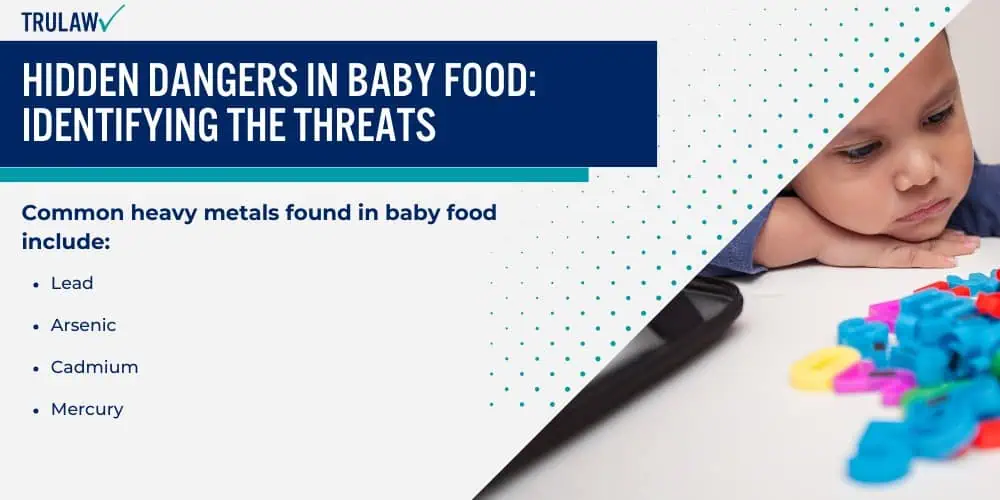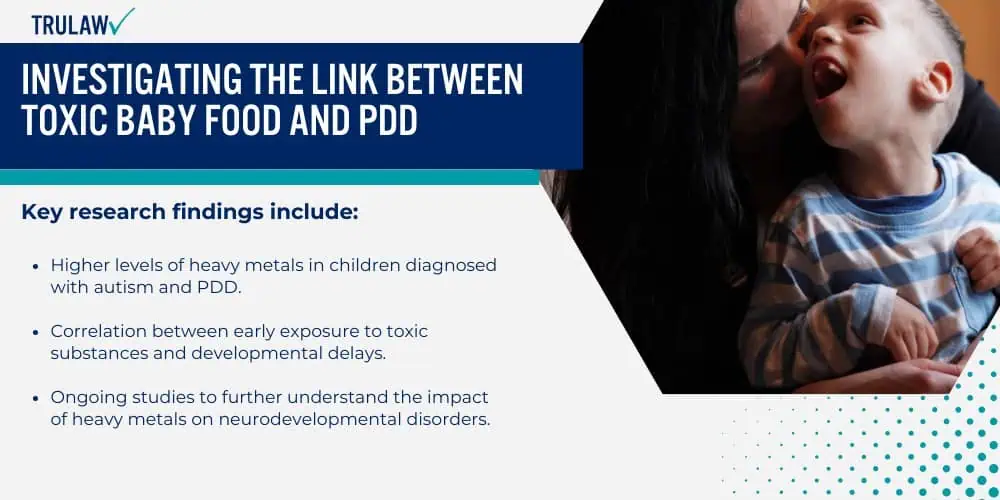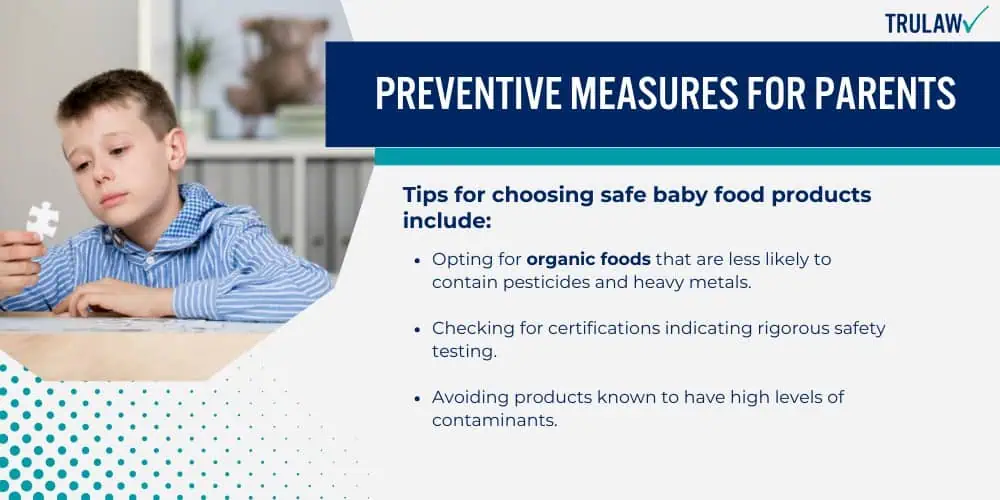PDD encompasses a range of disorders, including autism spectrum disorders.

Understanding its history, symptoms, and diagnostic criteria is essential for recognizing its impact on children’s development.
History and Definition of Pervasive Developmental Disorder
PDD was first introduced as a diagnostic category in the late 20th century to describe a group of neurodevelopmental disorders characterized by impairments in social interaction and communication.
Key historical points include:
- Introduction of the term in the Diagnostic and Statistical Manual of Mental Disorders (DSM).
- Recognition of PDD as part of the broader autism spectrum disorder category.
- Continuous research to understand its causes and impacts.
Symptoms and Diagnosis of Pervasive Developmental Disorder
Diagnosing PDD involves identifying specific behavioral and developmental markers.
Early diagnosis can lead to more effective intervention and support for affected children.
Common symptoms include:
- Delayed speech and language development.
- Difficulties in social interactions.
- Repetitive behaviors and restricted interests.
Accurate diagnosis is crucial for providing appropriate support and interventions to improve the quality of life for children with PDD.










